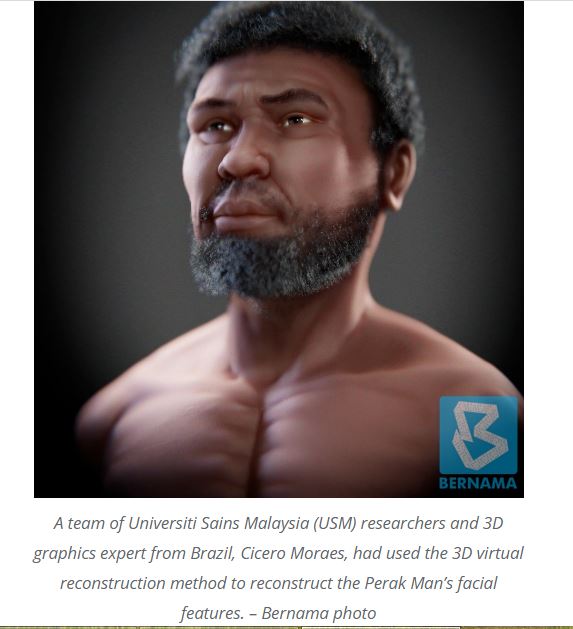In 2001 there was a lot in the Thai media about large quantities of gold hidden in Thai caves in Kanchanaburi. A man claimed to have found 2,500 tonnes of valuable items believed to have been left behind by retreating Japanese soldiers during World War II. He had spent 5 years searching for the gold. The place is Liijia (Li Jia) cave near Kanchanaburi, close to Thailand's western border with Myanmar. The Prime Minister travelled to the cave by helicopter but wasn't allowed to go in, stopped by the man who claimed he found the treasure. He wanted an audience with the King and said he would leave the treasure to the nation.
Chaowarin had never actually seen the hoard or even been in the cave, but was basing his claims on the story of an elderly monk who used to meditate in the cave. The monk says he stumbled across a hidden hoard of 50 chests of gold, a steam train and the skeletons of Japanese soldiers who had committed hara-kiri. He later told the story to two men who submitted a report to the king. Chaowarin was citing a document to His Majesty, as he believed that in this country nobody would lie to the king.
After digging through into the cave with rock breaking equipment and finding nothing, the treasure hunt was called off.
The Thai government then faced legal action and growing ridicule for sanctioning the massive treasure hunt that left Prime Minister Thaksin Shinawatra red-faced.
In 1995, the same man Chaovarin had reported finding a train carriage inside a cave in Kanchanaburi, which he claimed contained Japanese treasure. He was also inspired to go on another treasure hunt by a monk who claimed he had seen visions of gold piled high in the labyrinthine cave. But Chaovarin himself admitted later that there was no truth to that story.
In July 2020 six treasure hunters succumbed to suffocation after venturing deep into the Sangkla Buri cave near Wat Lijia. They were searching for gold believed to have been buried by the Japanese Imperial Army during World War Two. The cave was then sealed. Chaovarin resumed his search in February 2001 after authorities opened the cave to his team in a bid to end speculation about a gold hoard and to prevent future treasure hunters.
***
Then in Feb 2021, there was more news about gold hidden in a Thai cave, this time deep in the mountain of Sukhothai. The Bangkok Post on 21 Feb 2021 "Cave discovery rekindles hidden gold tales. Japanese soldiers said to have secreted WWII stash in mountains".
This time a resident, Kliang, led a local reporter on a tour of one of the caves where WWII Japanese soldiers were believed to have built a system of chambers, which are unexplored, where they supposedly hid their treasures.
 |
| A torch light shines on an opening in one of the caves believed by locals to hold a large amount of gold left in Sukhothai by Japanese troops during World War II. |
When Kliang was young, his grandfather had told him that tonnes of gold had been offloaded by the soldiers at the Sawankalok train station and delivered in buckboards by elephants and oxen to the mountain where the gold was stashed inside pre-built chambers. The chambers were constructed inside several caves accessible through multiple entrances. The entry points to the chambers were dynamited to seal them.
A few years after the war ended, local residents witnessed about 200 Japanese soldiers trekking to the mountain. They spent weeks looking for the hidden gold but were unable to find its location. Kliang said that when he was young, he slipped into one of the interconnected caves. The Japanese troops had built shafts to let air circulate inside the caves.
A tour of a cave revealed a large open area leading to three passages. At the top of the cave there appear to be man-made openings of various sizes, which are believed to be the shafts.
"We have here evidence of chambers having been dug. Why would anyone do that if they hadn't been hiding something of value or looking for such treasure?" Kliang said.
Somchai Duenpen, deputy municipal mayor of tambon Nai Muang, said the tale about the wartime gold should not be dismissed out of hand. Also a local historian, Mr Somchai said Sukhothai lies in the route which the Japanese soldiers used to make military advances during WWII. The soldiers left the train at Sawankalok station and marched through Sukhothai's old precinct and Ban Dan Lan Hoi on their way to Mae Sot district of Tak from where they crossed into Myanmar.
Mr Somchai, who is also expert in World Heritage cultural sites, said that during the war, it made sense for the troops to have at their disposal gold which they could use to buy necessities and food. However, he insisted it was premature to assume that cave gold existed. "We should take the tale about the wartime gold with a grain of salt," Mr Somchai said.


